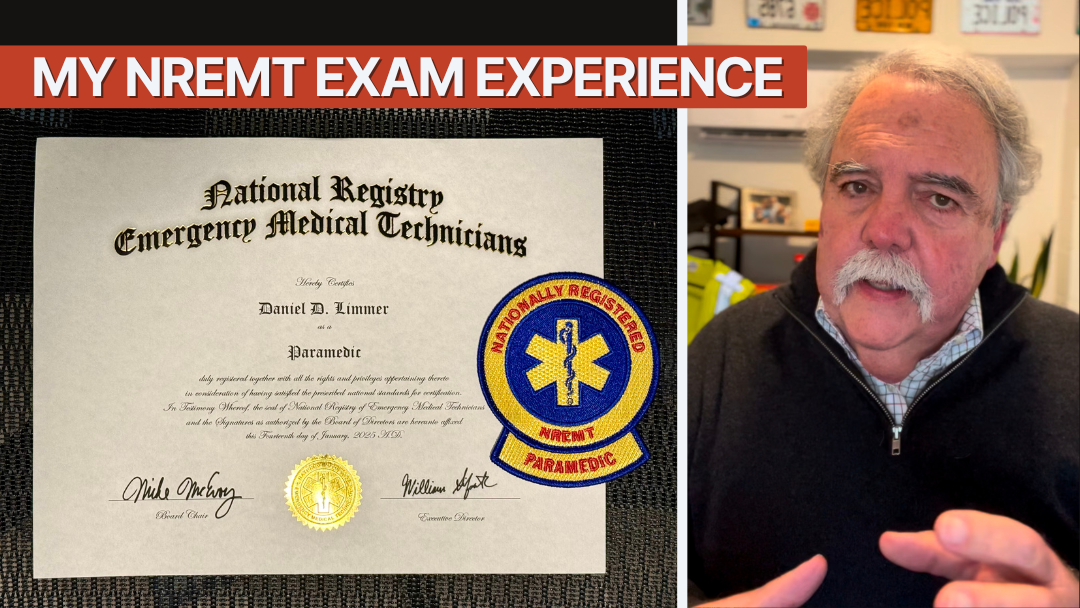Less Likely to Kill

by Dan Limmer, BS, NRP
Our articles are read by an automated voice. We offer the option to listen to our articles as soon as they are published to enhance accessibility. Issues? Please let us know using the contact form.
Despite our best efforts the classroom is a sterile environment. Simulated patients present with conditions that are usually responsive to the treatments we teach. These patients have single conditions and signs and symptoms that match those conditions. The classroom is a beautiful place.
The reality of the street is different. Patients have multiple conflicting signs and symptoms. Their memory of past medical conditions and medications is usually wrong and they are allergic to almost everything in the drug box.
Of all the things we want our students to be prepared for, one of the most challenging is this:
We don’t prepare our students for situations where there are no good choices. The scenario where you have to choose the one that sucks less. Let’s look at a few examples:
You have a critical trauma patient with suspected internal injuries and multiple extremity fractures.
You are suctioning a patient and he vomits for 20 seconds.
You have a patient with a BG reading of 60 and signs and symptoms of stroke.
In these cases, our students have to make difficult choices. The trauma example is relatively straightforward (and one where I may actually use a backboard in today’s environment). We know we don’t have time to splint everything and the internal bleed needs surgery.
But what about the BG reading? Is it really a stroke or is it an asymmetrical presentation of hypoglycemia? We know that too much glucose in a stroke patient isn’t good. Yet we also know that the brain needs glucose to function. A stroke could be worsened by concomitant hypoglycemia. In the suction scenario the traditional “15 second” suction rule is out the window. Do we continue to suction and worsen hypoxia or ventilate solids and stomach acid into the lungs and cause aspiration pneumonitis? Both can be fatal.
Which one is less likely to harm or kill your patient? This is the question. Being able to answer these questions is a function of several things. Knowledge of facts is good. Understanding pathophysiology is even better.
Foundationally, we need to make sure our students understand the facts. They need exposure to situations which require them to analyze, adapt and respond to varied patient presentations and problems. This is challenging to do during a primarily lecture-based course. Active learning exercises and techniques are necessary to place the student in the position of participant and decision-maker for some of these less-than-ideal situations. It is valid to get into a discussion with students after a group activity with no easy answers and ask “Which one do you feel is the best choice?” and “Which one do you think is less likely to hurt your patient?”
While I generally prefer scenarios the students can “win” so not to demoralize them, I do believe that there are times in scenarios and group activities that the patient should take unexpected turns, pose big challenges, and occasionally die—just like in the street. The “win” for the student is success in making difficult choices in the face of adversity, to be part of a team regardless of the result and to integrate classroom knowledge into practice.
I’ve saved one last point that I believe adds additional value to this post: the NREMT. Students commonly say they get questions that had “no right answer.” They were forced to choose between 4 answers they considered less-than-ideal. The concept of being able to choose the best of the bad choices also helps prepare students for the practice-based NREMT exam.
How do you prepare your students for the less than perfect world of EMS from testing to practice?
Related articles

Limmer Education



